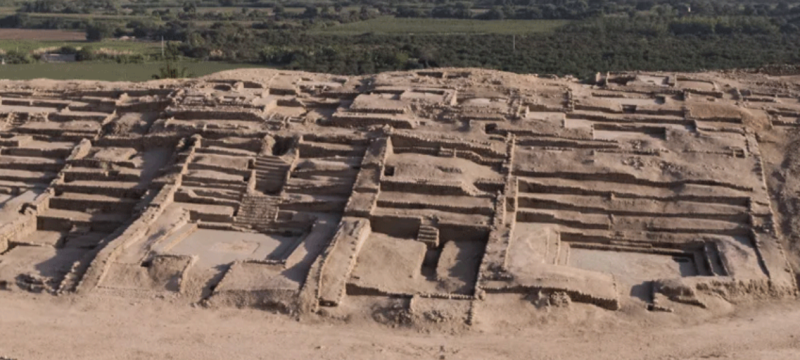In a breathtaking archaeological breakthrough, Peru has revealed the discovery of Peñico — a 3,000-year-old ancient city that once served as a major cultural and trade hub linking the coast, Andes, and Amazon. The site was officially opened to the public last week after eight years of excavation.
Located in Huaura province near Lima, Peñico is believed to have emerged around 1800 BCE following the decline of the Caral civilization. Experts say its strategic location 600 meters above sea level helped connect diverse regions, enhancing trade and cultural exchange across ancient Peru.
Also Read: Archaeologists have Discovered Small 3,500-Year-Old Clay Tablet Following an Earthquake
Researchers have uncovered 18 structures so far, including public buildings, homes, and ceremonial spaces. Among the standout finds are clay sculptures, ritual tools, and traditional conch-shell trumpets known as pututus — suggesting the city had strong spiritual and communal roots.
The discovery has sparked new interest in Andean history, especially with the upcoming Peñico Raymi festival celebrating the city’s legacy through music, rituals, and a tribute to the earth goddess Pachamama.









